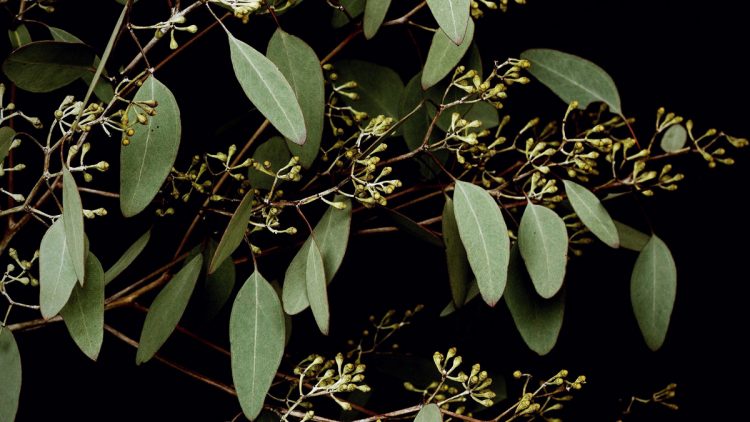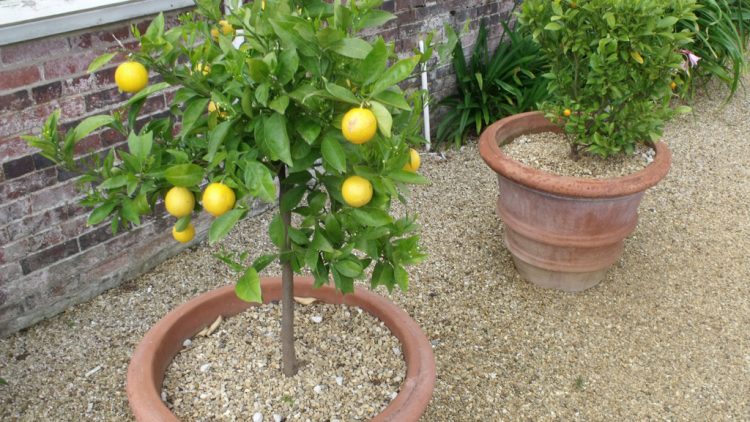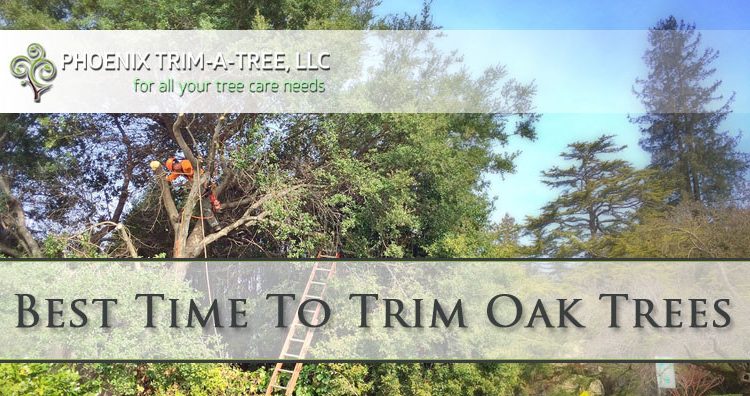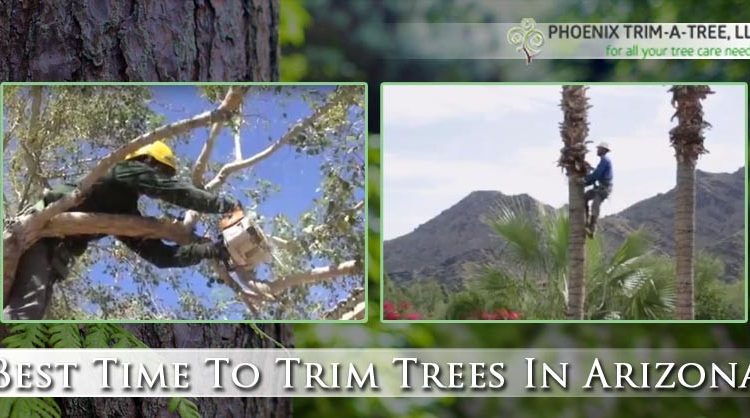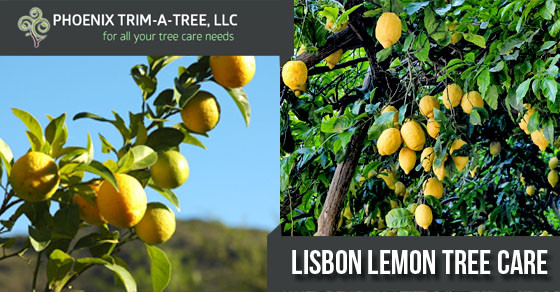Eucalyptus Tree Removal Costs 2022
HOW MUCH DOES EUCALYPTUS TREE REMOVAL COST?
GET A FREE ESTIMATE TODAY!
The average cost of eucalyptus tree removal is $1,950. Eucalyptus tree removal costs ranged from $1,300 to $1,800 for the US for 2022.
Additional items that can add to the total cost of your eucalyptus tree removal, including the following.
HAUL AWAY TRUNK – You could pay up to $250 more to have the trunk sections hauled away as well.
MILEAGE – There is usually a charge for travel and mileage when eucalyptus tree removal services have to come from outside of the immediate area.
STUMP REMOVAL – You can expect to pay an additional $74 to $215 If you’d like the stump to be ground away.
TYPES OF EUCALYPTUS TREES
Native to Australia, there are three main kinds of Eucalyptus Trees- all of the mare long living, feature bark that exfoliates and their leaves have that familiar eucalyptus aroma.
MALLET EUCALYPTUS TREES – Easy to spot because of their notable space between branches that angle upwards, away from the central trunk of the tree, therefore letting light to filter between the branches. Two popular examples are the red-spotted gum tree and the sugar gum tree. Both of them can reach heights of 50-60 feet, and they thrive in warmer USDA plant hardiness areas in zones 9 and 10.
MARLOCK EUCALYPTUS TREES – Offering dense foliage nearly reaching the ground, this kind of eucalyptus offers oval leaves and line colored flowers. Known as one of the more hardier kinds of eucalyptus tree it will grow quite contentedly in USDA zones 7 and 8.
MALLEE EUCALYPTUS TREES – These eucalyptus trees can almost look shrub-like in their appearance and are usually under ten feet in height. It can also be recognized by its bushy experience and many stems.
ISSUES WITH SOME EUCALYPTUS TREES
Blue Gum Eucalyptus trees are capable of becoming invasive if they escape cultivation. These trees can shade out native plants when they grow in the wild. Another issue is the pungent oils from the leaves of eucalyptus trees are flammable and can become fire hazards when they are located in forests or planted together.
EUCALYPTUS TREE REMOVAL IN PHOENIX
If you own a property in the Phoenix Valley our team of trained, licensed, and insured tree cutting professionals will cut down and remove your tree safely and affordable. Every one of our skilled technicians understands our safe tree removal and cutting protocols and work together to get the job done quickly and safely. Keeping your property in the best condition possible while removing the tree is also our top priority. We remove the tree, clean up the mess, and leave your property in great condition.

